6 Ways to Help Students Soak Up Difficult Texts
A MiddleWeb Blog
 My students come to my class at many different reading levels, but I want to make sure that our social studies content reading is accessible to all of them.
My students come to my class at many different reading levels, but I want to make sure that our social studies content reading is accessible to all of them.
Over the past few years, I’ve added different strategies to my literacy toolbox to create entry points for everyone.
My most frequent method is to break an article into manageable chunks to aid the students’ reading comprehension. I paste articles into Google Slides, cutting them where appropriate and adding questions to scaffold student thinking.
The smaller chunks of text encourage critical thinking and take the pressure off students to search through large sections of text when answering comprehension questions.
The Google Slides Steps
To ensure that students don’t accidentally delete the text in Google Slides, I edit the slide master, as described in this video. Once that is saved, I add a blank text box for students on the slide and that is the only place that they can type. It takes a little practice, but I use this technique all the time on slides that will be shared with students.
The Learning Wheel
In addition to the comprehension questions throughout the reading, I have students consolidate their learning with a wheel from wordwall.net. I like that I can customize the wheel with a variety of questions and the students enjoy seeing what it will land on. It’s also worth asking them which question they really didn’t want to answer and have them talk to their partner about why!
One Sentence Summary
When we read especially challenging material, I ask students to break down the meaning by using key words from the text. For example, when we studied Singapore’s independence, I read an excerpt from Lee Kuan Yew’s speech aloud while students followed along. They then chose key words from the text and used those to write a 2–3 sentence summary.
Finally, they simplified their understanding into a one sentence summary of the text on a Post-it note. All of the students in a table group shared their Post-it with each other to compare their understanding.
This is an activity that takes time, but it ensures that every student has an entry point to the text and that they walk away understanding what it was about, even if it’s from their friend’s explanation.
Audio Helpers
I frequently include audio recordings that I make of readings so that students can listen as they read along. I often do this as a Loom video that is linked into the text. The ready availability of audio recordings is a big reason why I like using articles on Newsela with students. The ability to slow things down or listen again is key for some students’ comprehension.
Image Helpers
Another reason I love breaking articles into separate Google Slides is the ability to add more images. When we learned about the Koh-i-Noor diamond, I was able to add historical images of the British royal family, as well as include current events information that would help students build context for the news.
These images get filed away in their brains for the future. By adding sidebar slides that connect to current events, I am giving students access to what’s happening in the world. I always hope that they will go home and discuss what they’ve learned with their families.
Anticipatory Activities
When possible, I try to do anticipatory activities to spark student interest in the topic. In an article with many statistics, I might create some puzzle slides and have them make predictions about whether the true figure is higher or lower. We usually do this by moving to one side of the room for ‘higher’ and the other side for ‘lower.’ The students have a foundation on what the article will be about, want to know if their guess was correct, and have moved their bodies a bit.
Before reading about the decline of the Aksum Empire, I printed their coins at different stages of the empire and taped them to an old Expo marker box. Students had to discuss what they noticed before they read the text inside the box, and then were able to refer back to the images when they learned about how the quality of the coins taught historians something about the empire.
Similarly, before reading about Aksum’s imports and exports, students looked at “I Spy” images I created and had to decipher the images, as well as predict which were the imports and which were the exports. Once they made their prediction, they retrieved the passage from me and were able to learn more.
I hope that by thinking about how students will take in the content even before they begin reading, I can support them better and make social studies class more productive and fun. This is an area of constant growth, and I look forward to adding more strategies to my list as the year progresses.

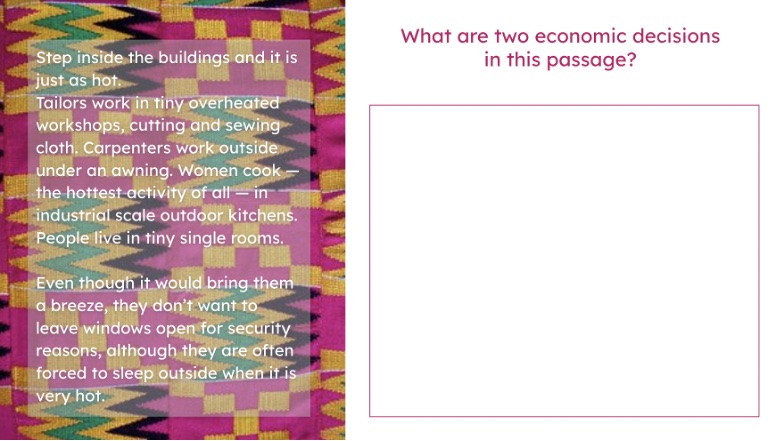
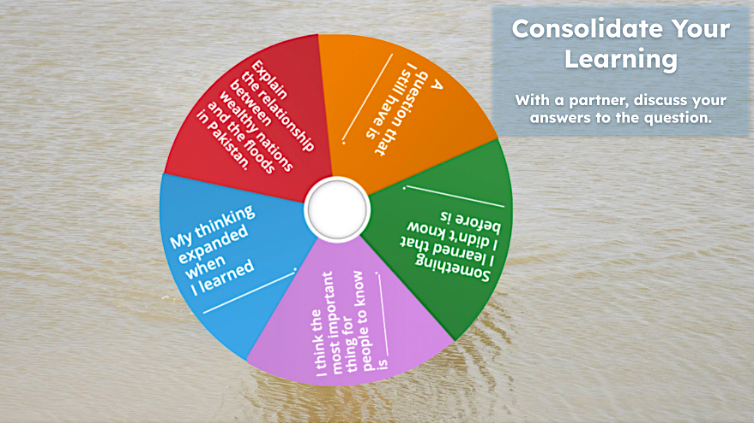
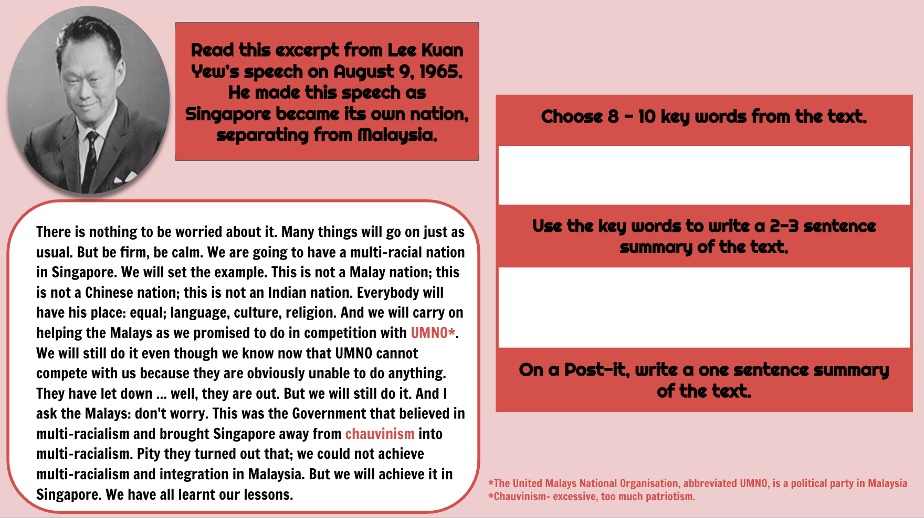
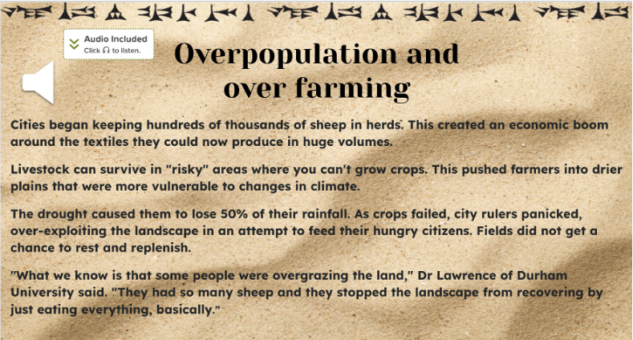


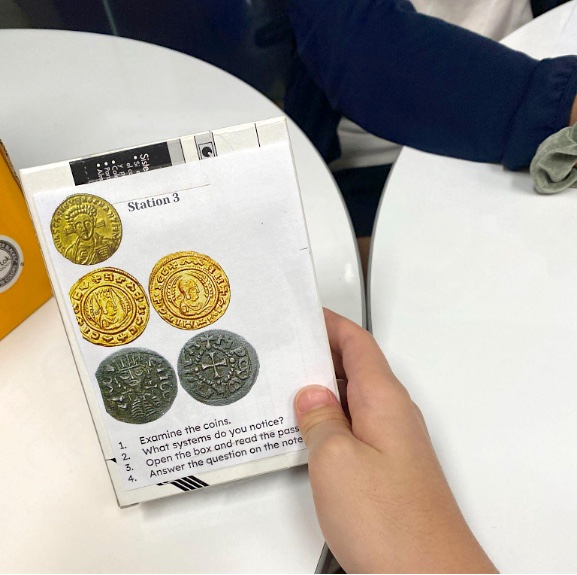
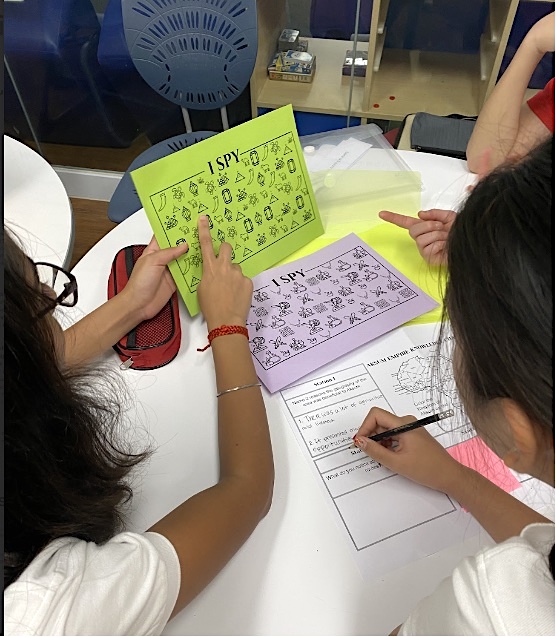




























All these are great approaches. However, the most powerful approach I’ve used in my own classroom is to build mixed ability groups and vigilantly enfore the mantra that all students follow along.
This means each small group has 1-2 readers that can handle the greatest share of reading because they read with prosody. All are expected to read some, even if that’s the shortest sentence in the text. The MORE IMPORTANT expectation is that everyone follows along with a pen or pencil.
It helps that we’ve laid the groundwork for a classroom for where we all get better and that we understand our greatest insights will come through collaboration. Vital to that is understanding students other strengths that contribute to a group’s success like facilitation, organization, delivering reflective feedback, quantiative reasoning.
Also important is to never give out highlighters. That risks having struggling decoders turning whatever activity into a coloring assignment.